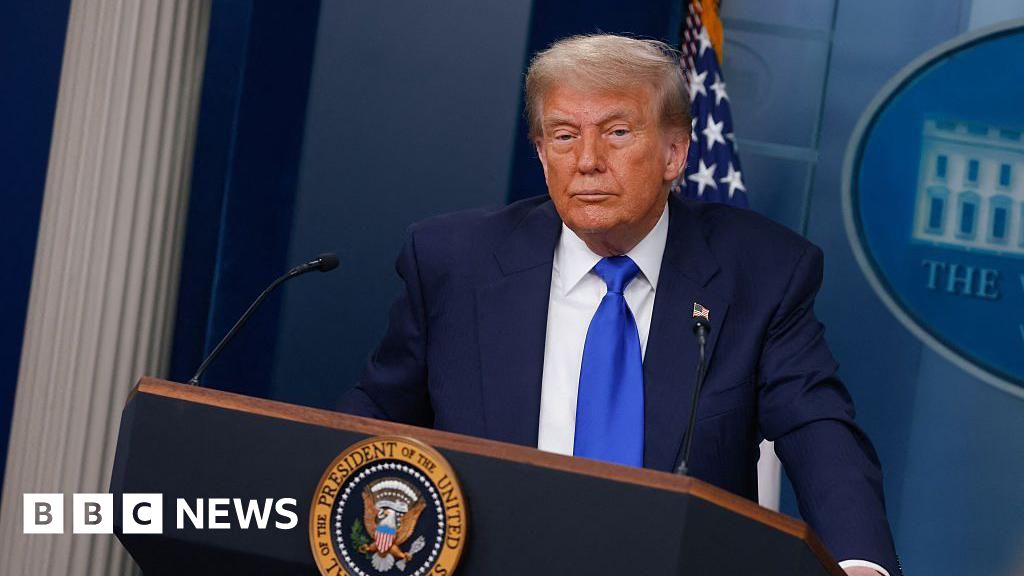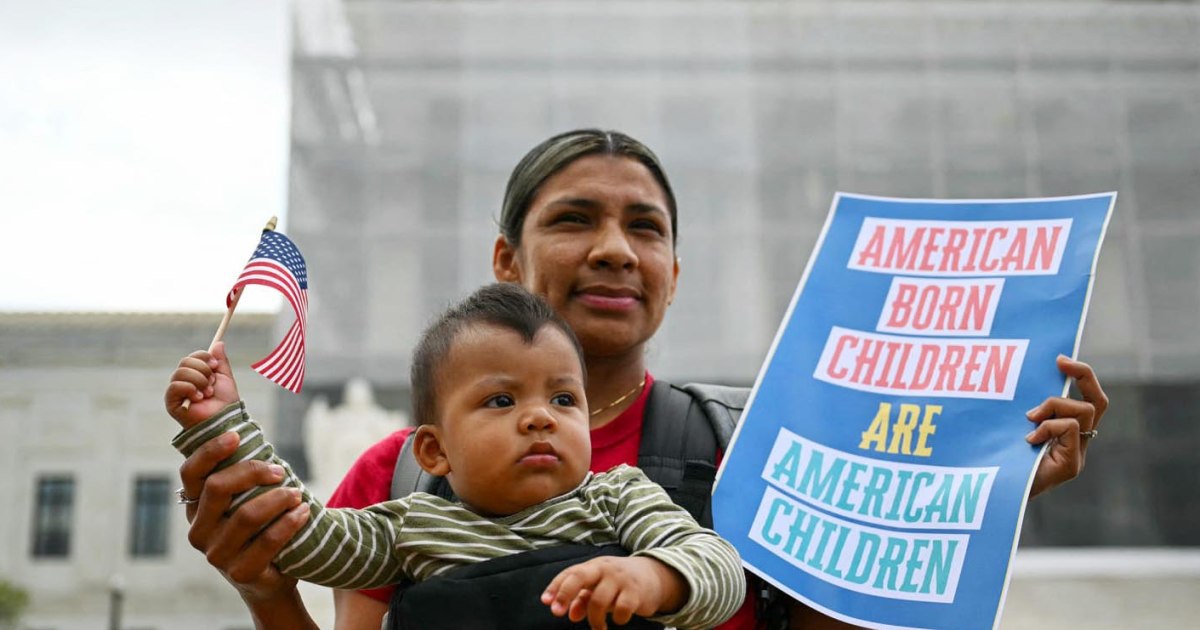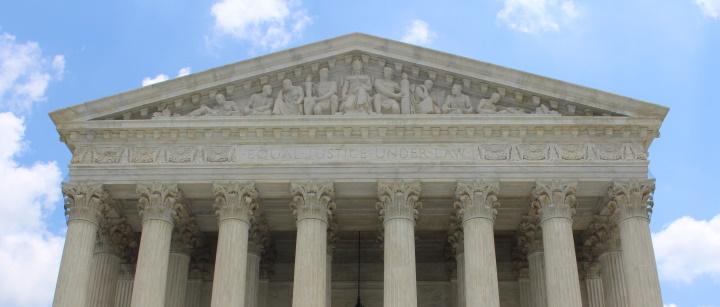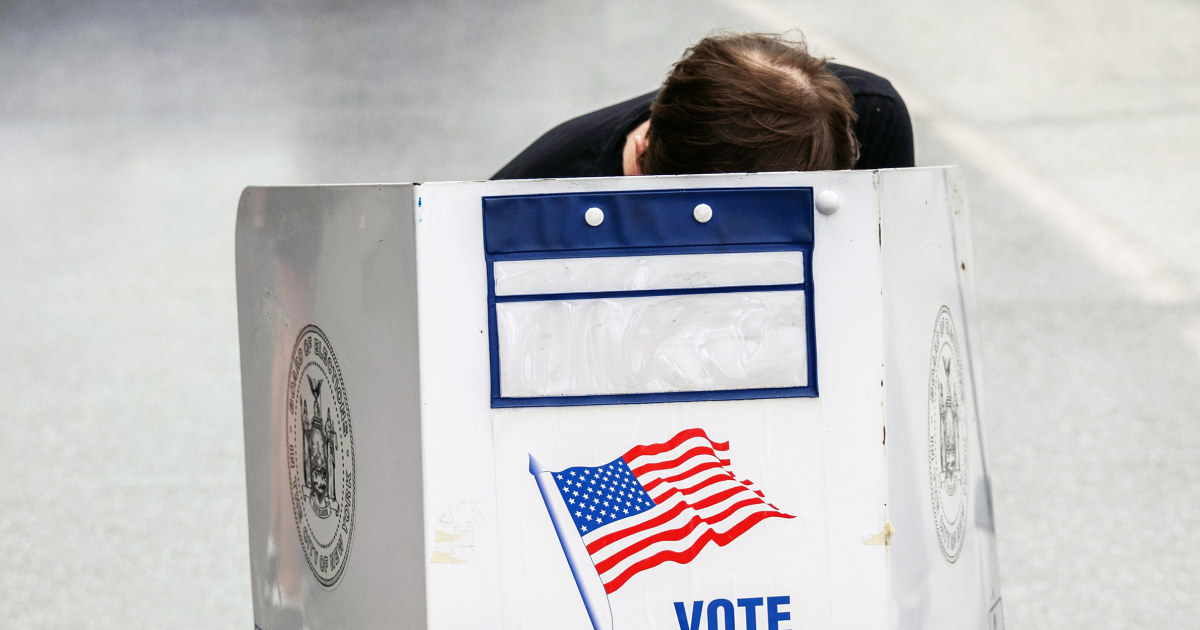Supreme Court Allows Trump Administration to Implement Layoffs at Education Department
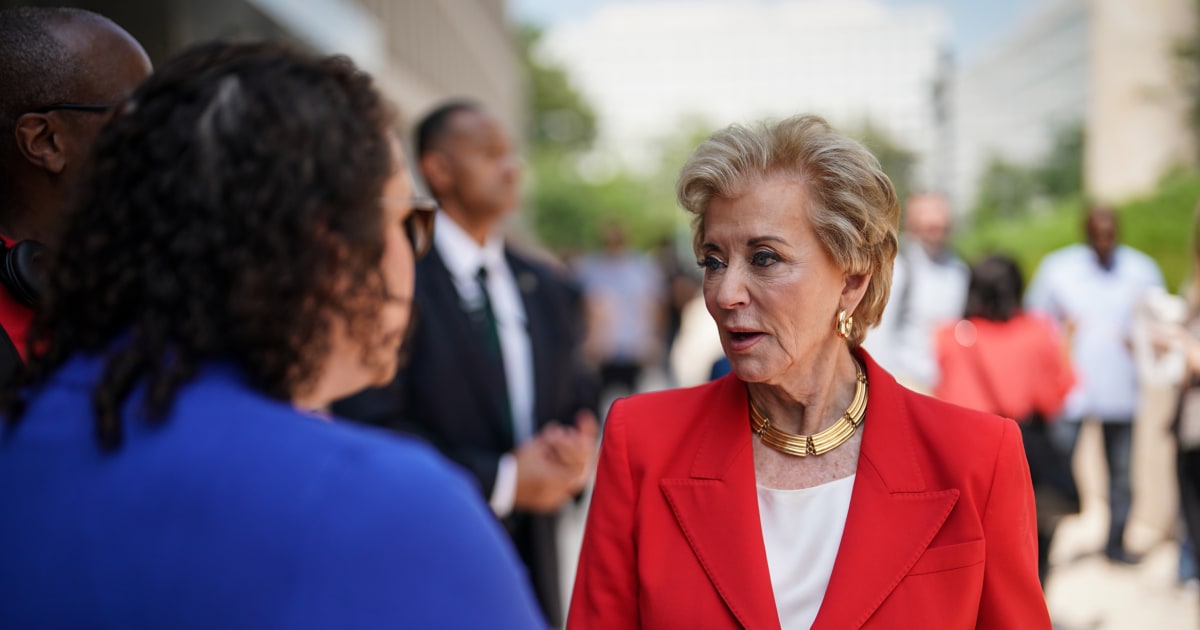
Supreme Court Allows Trump Administration to Implement Layoffs at Education Department
In a controversial decision on Monday, the US Supreme Court ruled that the Trump administration can move forward with layoffs at the Department of Education. This decision overturns a previous ruling by a federal judge, who had blocked the administration's efforts to downsize the department. The move is expected to result in a significant reduction of staff and budget at the Education Department, which has long been a target of the Trump administration's cost-cutting measures. This decision has caused concern among education advocates, who fear that the layoffs will negatively impact the department's ability to serve students and uphold its responsibilities.
About the People Mentioned
Donald Trump
Donald John Trump, born June 14, 1946, in Queens, New York, is an American businessman, media personality, and politician. He graduated from the University of Pennsylvania’s Wharton School in 1968 with a degree in economics. In 1971, he took over his family’s real estate business, renaming it the Trump Organization, through which he expanded into building and managing skyscrapers, hotels, casinos, and golf courses. Trump gained widespread fame as the host of the reality TV show *The Apprentice* from 2004 to 2015, which helped establish his public persona as a successful entrepreneur. Trump entered politics as a Republican and was elected the 45th president of the United States, serving from 2017 to 2021. His presidency was marked by significant policy actions including tax cuts, deregulation, the appointment of three Supreme Court justices, renegotiation of trade agreements (notably replacing NAFTA with the USMCA), and a focus on immigration control including border wall expansion. He withdrew the U.S. from international agreements such as the Paris Climate Accord and the Iran nuclear deal, and engaged in a trade war with China. His administration’s response to the COVID-19 pandemic was criticized for downplaying the virus’s severity. Trump was impeached twice by the House of Representatives—first in 2019 for abuse of power and obstruction, and again in 2021 for incitement of insurrection—but was acquitted by the Senate both times. After losing the 2020 election to Joe Biden, Trump challenged the results, culminating in the January 6, 2021, Capitol riot. He remains a central figure in American politics, having won the 2024 presidential election and returned as the 47th president in 2025, continuing to promote policies aimed at economic growth, border security, and military strength[1][2][3][4].
About the Organizations Mentioned
Supreme Court
The **Supreme Court of the United States**, commonly referred to as SCOTUS, is the highest court in the U.S. federal judiciary. Established by Article III of the U.S. Constitution, it plays a pivotal role in interpreting the Constitution and federal laws, ensuring their alignment with the founding document. ## Organization and History Founded in 1789, the Supreme Court initially consisted of a Chief Justice and five Associate Justices. Over time, the number of justices has fluctuated, settling at nine in 1869[4]. The Court's primary function is to adjudicate cases involving federal law and the Constitution, with the power to review and overturn decisions from lower courts[1][6]. It also has original jurisdiction in cases involving ambassadors, consuls, and disputes between states[1]. ## Key Achievements One of the Supreme Court's most significant achievements is the establishment of judicial review through the landmark case **Marbury v. Madison** in 1803. This decision allowed the Court to invalidate laws deemed unconstitutional, setting a precedent for its role in checking the legislative and executive branches[1][2]. ## Current Status Today, the Supreme Court continues to play a crucial role in shaping U.S. law and policy. It meets annually from October to June or July, reviewing thousands of petitions and deciding around 80 cases each year[1][2]. The Court's decisions often have profound impacts on business and technology, influencing regulatory environments and legal frameworks. ## Notable Aspects - **Independence**: Justices are appointed for life, ensuring the Court's independence from political pressures. - **Influence on Business and Technology**: Supreme Court rulings can significantly impact business practices and technological innovation by clarifying legal standards and regulatory frameworks. - **Symbolism**: The Court is symbolically important, with its motto "Equal Justice Under Law" reflecting its commitment to fairness and impartiality[3].
Department of Education
The U.S. Department of Education (ED), established in 1979, is a federal agency responsible for shaping education policy, administering federal aid, and promoting student achievement and equal access to education across the nation[1][9]. Its mission centers on preparing students for global competitiveness by fostering educational excellence and ensuring equal opportunities for all learners[1]. The Department manages a broad portfolio, including elementary and secondary education programs serving over 55 million students in approximately 134,000 public and private schools, as well as grant, loan, and work-study assistance for around 10 million undergraduates[1]. Created to strengthen federal commitment to equal educational opportunity, the Department supplements state and local efforts, encourages public involvement, supports federally funded research, and works to improve efficiency and accountability in education programs[1]. It functions as the primary conduit for federal funding to public K-12 schools and higher education institutions, distributing billions annually—over $60 billion in regular federal school funding plus additional pandemic-related funds[3][4]. Despite its pivotal role, the Department has faced ongoing political controversy, particularly from conservative circles advocating for its reduction or elimination, arguing that education governance should be localized[3]. In 2025, an executive order directed steps toward potentially closing the Department, although full abolition requires Congressional approval and remains uncertain[2][4]. This political uncertainty has led to staff reductions and canceled contracts, raising concerns among educators and professional organizations about impacts on student services and special education funding[2][3]. In parallel, state governments and education leaders focus on evolving education policy themes such as K-12 funding, workforce development, teacher workforce challenges, academic achievement, and mental health support, highlighting the dynamic interplay between federal and state roles in education[5]. Technologically and administratively, the Department continues to manage vast data and funding systems, aiming to modernize education delivery and accountability while navigating political pressures and shifting federal priorities[6][8]. Its notable impact lies in coordinating large-scale federa
